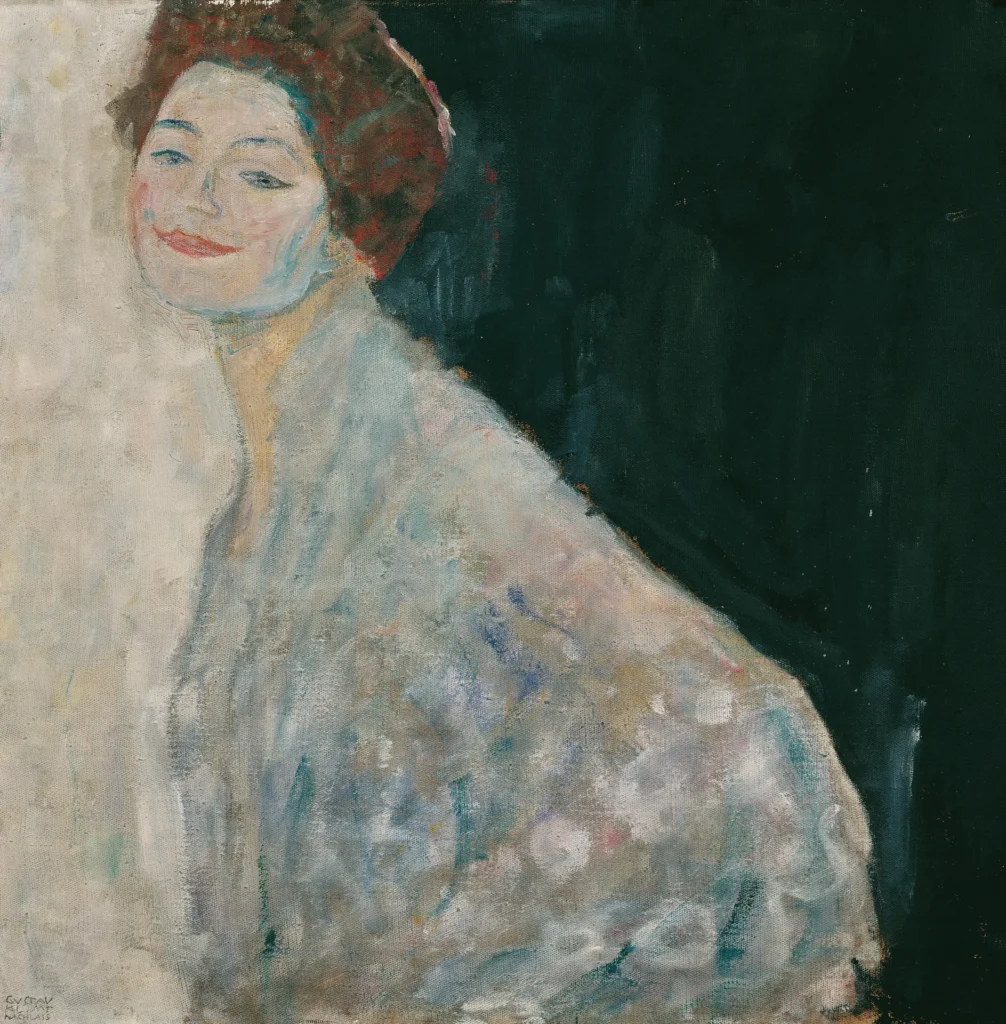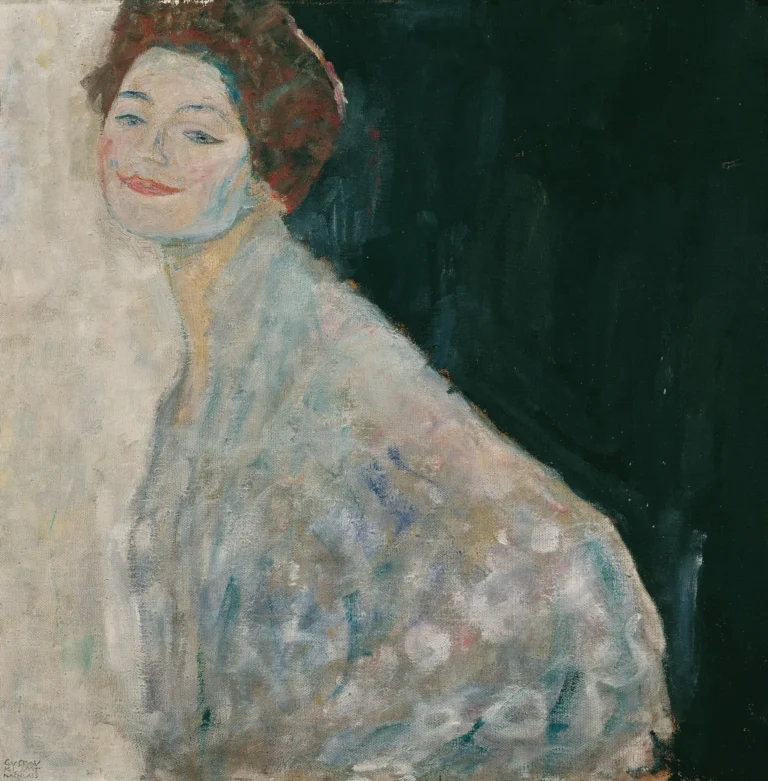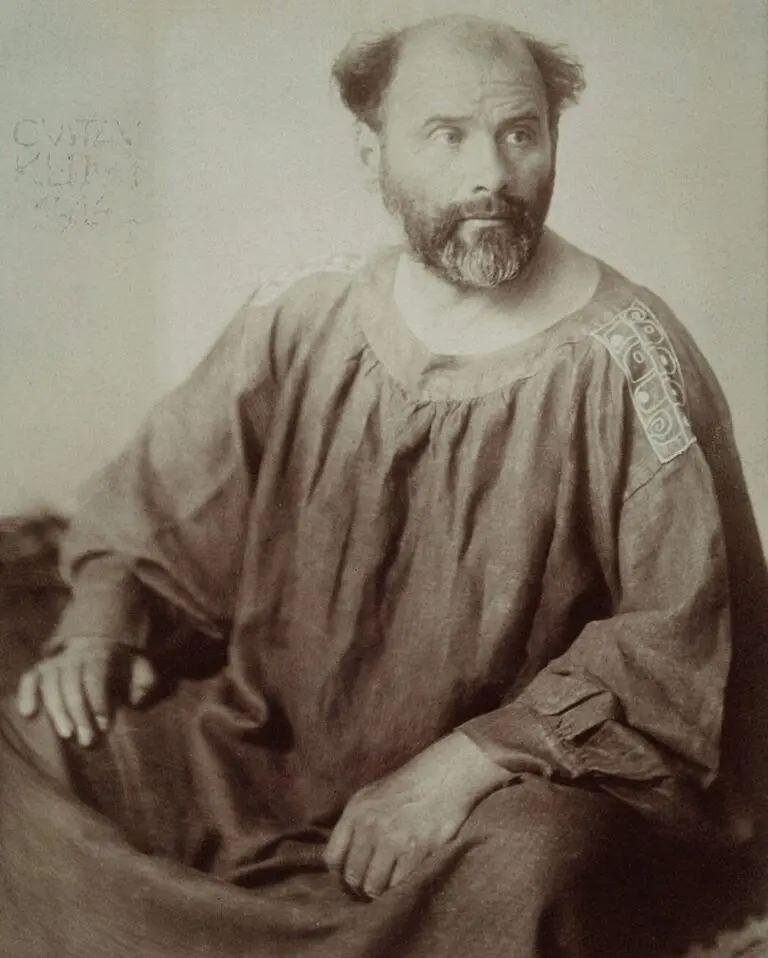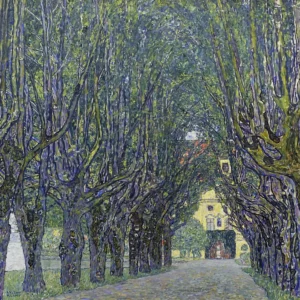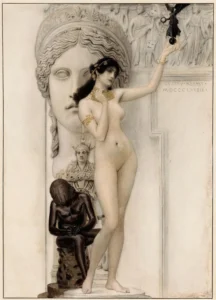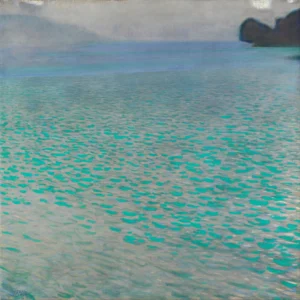Lady in White (1917-1918)
Lady in White is a poignant testament to Gustav Klimt's evolution as a painter, showcasing his distinctive approach to female portraiture. Created during the final years of his life, the painting features a woman adorned with a broad smile, a departure from Klimt's typical style of more serious portrayals. Measuring 70 x 70 cm, the artwork highlights the artist's freedom in representation, emphasizing the beauty and idealism often found in his works. Although left unfinished due to Klimt's untimely death in early 1918, this painting remains an essential piece in the history of Symbolism and the Vienna Secession movement.
1917 - 1918
About the Artwork
Lady in White stands as a poignant symbol of the artist's legacy, even as it remained incomplete due to Gustav Klimt's sudden death in February 1918. Klimt, who suffered a severe stroke in January of that year, was known for his groundbreaking contributions to the art world, particularly within the Vienna Secession movement. This painting reflects his mature style, moving towards more liberated expressions in his representation of women. It exemplifies his fascination with the female form and his use of idealistic traits, influenced by both personal experiences and the cultural milieu of his time. Although Klimt had crafted numerous portraits throughout his career, the smiling woman in this unfinished piece offers an intimate glimpse into the artist's emotional landscape and evolving philosophies of beauty.
Did You Know
Liked what you see? Add it to your collection.
Enjoyed reading? Share it.
... continued
Creation and Context
The painting was one of Klimt's works that remained unfinished due to his sudden death in February 1918, following a severe stroke in January of the same year.
Characteristics
- The painting measures 70 x 70 cm and is housed at the Österreichische Galerie Belvedere in Austria.
- It is an example of Klimt's idealized female portraits, which he often created from his nude models, imparting them with idealistic traits. This particular portrait does not have any links to a specific commission.
Style and Features
- The painting depicts a woman with a broad smile, which is unusual for Klimt's painted portraits but more common in his drawn portraits of women.
- It reflects Klimt's style of giving himself greater freedom in portraying his models, especially in his later works.
Significance
Dame in Weiß is part of Klimt's body of work that showcases his contribution to the Vienna Secession movement and his influence on Symbolist art.
Overall, Dame in Weiß is a significant piece in Klimt's oeuvre, highlighting his unique approach to portraiture and his artistic vision, even in the final stages of his career.




